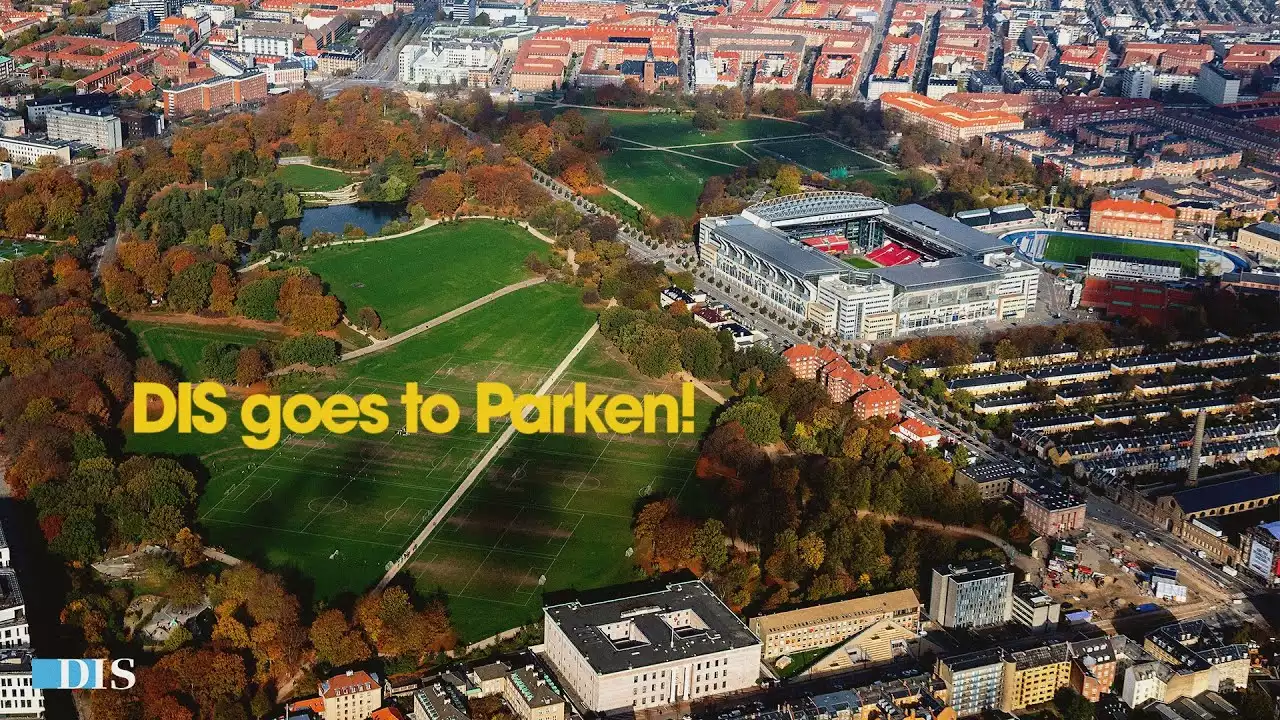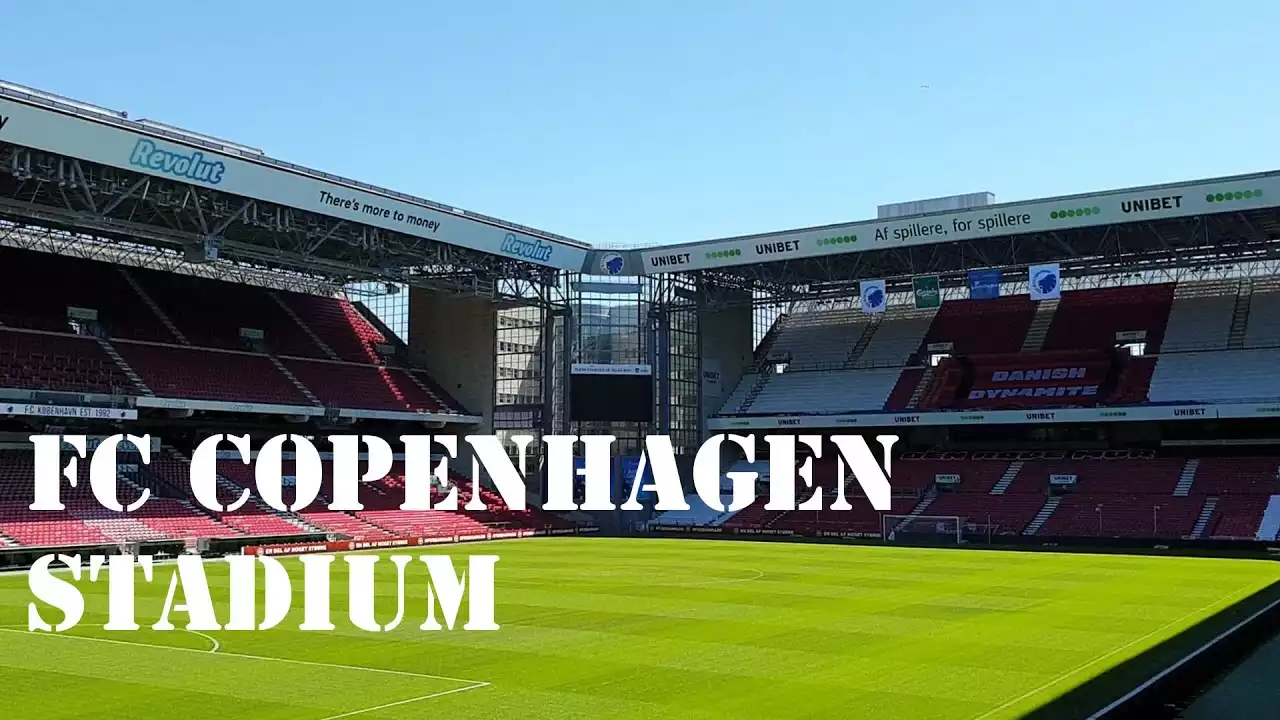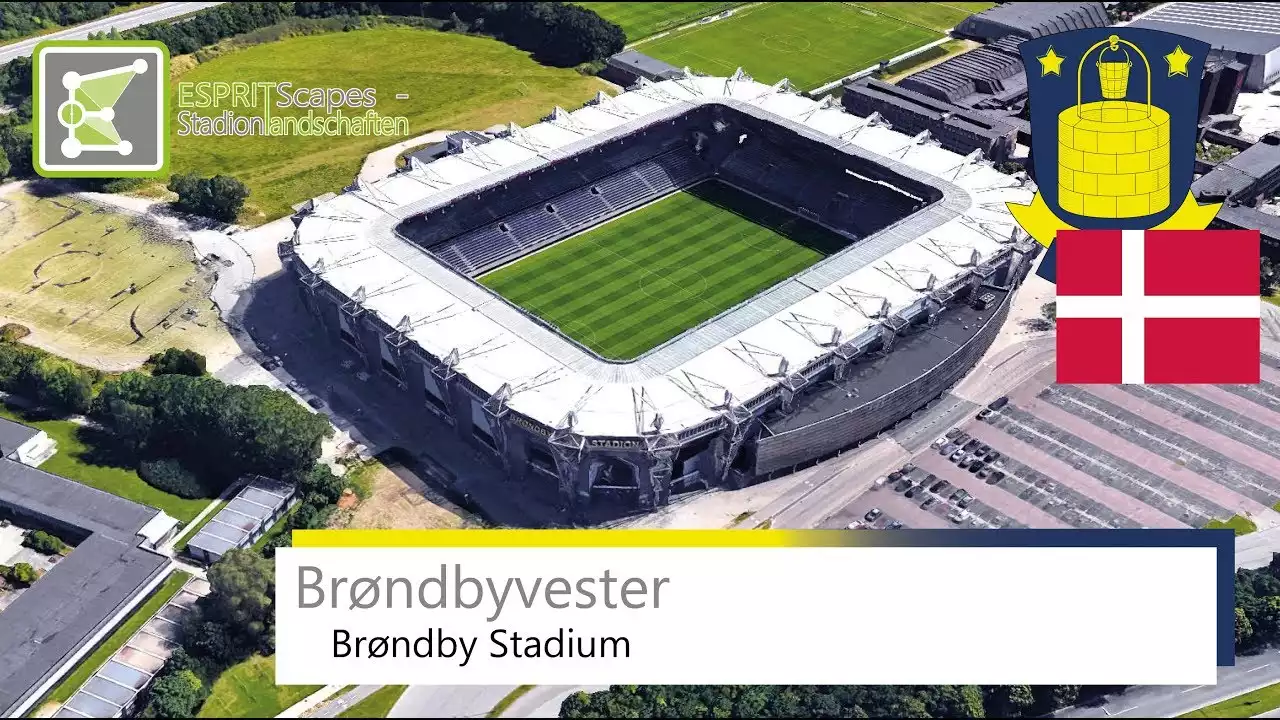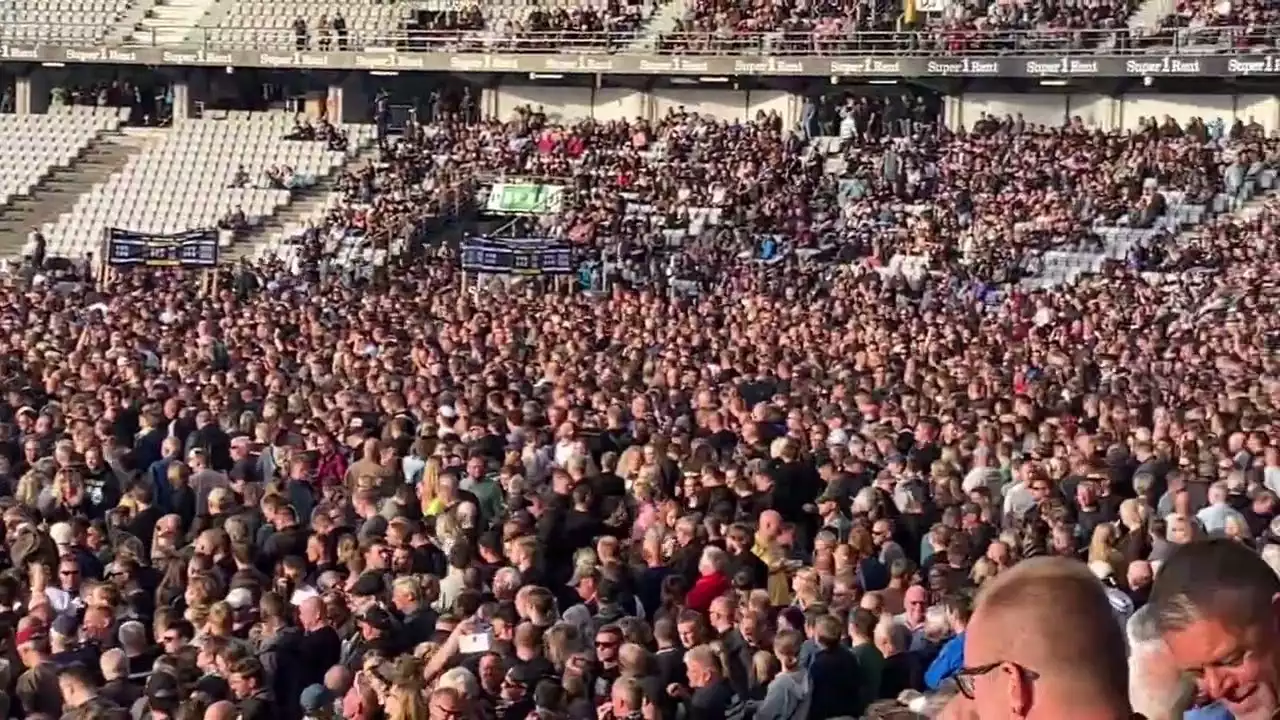Increased tourism and revenue from matchday visitors
One of the primary economic impacts of Danish football stadiums is the increased tourism and revenue generated by matchday visitors. Football matches attract fans from all over the country and even abroad, who flock to the stadiums to support their favorite teams. This influx of visitors stimulates the local economy by boosting tourism revenue.
On match days, hotels, restaurants, and other hospitality establishments experience a surge in bookings and customers. Visitors not only spend money on match tickets but also on accommodations, meals, and souvenirs, contributing to the economic growth of the community. The increased tourism and revenue from matchday visitors create a positive domino effect, benefiting various sectors of the local economy.
Furthermore, the exposure and excitement generated by football matches often lead to repeat visits from tourists who want to experience more of the vibrant Danish football culture. This sustained tourism contributes to the long-term economic development of the community.
Job creation and employment opportunities
Danish football stadiums play a significant role in job creation and providing employment opportunities. The operation and maintenance of stadiums require a multitude of staff, including security personnel, event organizers, maintenance crews, and hospitality professionals. These positions offer a wide range of employment opportunities, from part-time and temporary jobs to full-time career positions.
Moreover, the economic impact of football stadiums extends beyond the stadium walls. Local businesses, such as restaurants, bars, and retail stores, benefit from the increased foot traffic and demand on match days. These businesses often hire additional staff to meet the increased demand, creating even more job opportunities for local residents.
The job creation and employment opportunities provided by Danish football stadiums not only contribute to reducing unemployment rates but also improve the overall economic well-being of the community. The steady income generated by these jobs allows individuals and families to support themselves and contribute to the local economy.
Boost to local businesses and the hospitality industry
The bustling atmosphere surrounding Danish football stadiums on match days provides a significant boost to local businesses and the hospitality industry. The influx of fans creates a surge in demand for various goods and services, ranging from food and beverages to merchandise and entertainment.
Local restaurants and bars experience a surge in customers, as fans gather before and after matches to socialize and celebrate. These establishments often offer special promotions and themed events to cater to the football crowd, further driving revenue and attracting new customers.
Retail stores selling team merchandise also benefit from the passionate fan base, as supporters eagerly purchase jerseys, scarves, and other memorabilia to show their allegiance. The increased demand for these products creates opportunities for local businesses to expand their offerings and generate additional revenue.
Moreover, the hospitality industry, including hotels and transportation services, experiences increased demand from visiting fans. Hotels near the stadiums often reach full occupancy on match days, leading to increased revenue and job opportunities. Transportation services, such as taxis and ride-sharing platforms, also witness a surge in demand as fans travel to and from the stadiums.
The boost to local businesses and the hospitality industry not only stimulates economic growth but also fosters a sense of community pride as local establishments thrive and attract visitors from near and far.
Infrastructure development and urban regeneration
The presence of Danish football stadiums often leads to infrastructure development and urban regeneration in the surrounding communities. Stadium construction and renovation projects often involve significant investments in transportation infrastructure, such as roads, parking facilities, and public transportation.
These infrastructure developments not only facilitate the smooth flow of traffic on match days but also improve the overall accessibility and connectivity of the area. The upgraded transportation infrastructure benefits not only football fans but also residents and businesses in the community, enhancing their quality of life and ease of doing business.
Furthermore, the presence of a football stadium can act as a catalyst for urban regeneration. The development of stadiums often prompts investment in the surrounding areas, leading to the revitalization of neglected neighborhoods and the creation of new commercial and residential spaces.
The urban regeneration spurred by football stadiums attracts new businesses, residents, and visitors, injecting life and vitality into previously underdeveloped areas. This transformation not only boosts property values but also creates a more attractive and vibrant community for both residents and tourists.
Marketing and branding opportunities for local communities
Danish football stadiums provide excellent marketing and branding opportunities for local communities. The popularity and visibility of football matches attract national and international media coverage, shining a spotlight on the host city and region.
Local businesses and attractions have the opportunity to showcase their products and services to a wider audience, gaining exposure and attracting new customers. This exposure enhances the city's brand image and reputation, positioning it as a vibrant and desirable destination for both sports enthusiasts and tourists.
Furthermore, the presence of a football stadium often leads to partnerships and sponsorships between the stadium and local businesses. These collaborations provide mutual benefits, as businesses gain increased visibility and brand association, while the stadium receives financial support and access to the business's customer base.
The marketing and branding opportunities generated by Danish football stadiums contribute to the overall economic growth of the community by attracting investment, tourism, and business development.
Increased property value and investment opportunities
The establishment of Danish football stadiums has a positive impact on property values in the surrounding areas. The presence of a stadium often leads to increased demand for housing, both from local residents and investors looking to capitalize on the vibrant football culture.
As property values rise, homeowners in the vicinity of the stadium benefit from increased equity and potential investment opportunities. This increase in property value not only benefits existing homeowners but also attracts new residents and businesses to the area, further stimulating economic growth.
Moreover, the presence of a football stadium can attract real estate developers and investors, who recognize the potential for lucrative ventures in the surrounding areas. These developers often invest in commercial and residential projects, further driving economic development and creating new opportunities for the community.
The increased property value and investment opportunities resulting from Danish football stadiums contribute to the long-term economic stability and growth of the local community.
Community engagement and social cohesion
Danish football stadiums play a vital role in fostering community engagement and social cohesion. Football matches bring people together, creating a sense of shared identity and belonging among fans and residents alike.
The passionate support for local teams strengthens community bonds, as fans unite in their love for the sport and their shared pride in their city or region. The stadium becomes a gathering place for friends, families, and neighbors, fostering a sense of community spirit and camaraderie.
Moreover, football stadiums often host community events and initiatives, further engaging residents and promoting social cohesion. From charity fundraisers to youth development programs, these initiatives create opportunities for residents to come together, contribute to the community, and build lasting connections.
The community engagement and social cohesion facilitated by Danish football stadiums not only contribute to the overall well-being of the community but also have positive effects on mental health, social integration, and the development of a strong community fabric.
Funding for grassroots football and sports development
Danish football stadiums play a crucial role in funding grassroots football and sports development. The revenue generated by football matches, sponsorships, and partnerships often contributes to the financial support of local sports clubs, youth academies, and development programs.
This funding allows aspiring young athletes to access training facilities, coaching, and resources that they may not have otherwise had access to. It creates pathways for talent development, enabling young athletes to pursue their dreams and potentially reach professional levels.
The support for grassroots football and sports development also contributes to the overall health and well-being of the community. It encourages physical activity, fosters a sense of discipline and teamwork, and provides positive outlets for young individuals.
The funding provided by Danish football stadiums not only nurtures talent but also strengthens the football culture and legacy of the community, ensuring the continuous growth and success of the sport.










